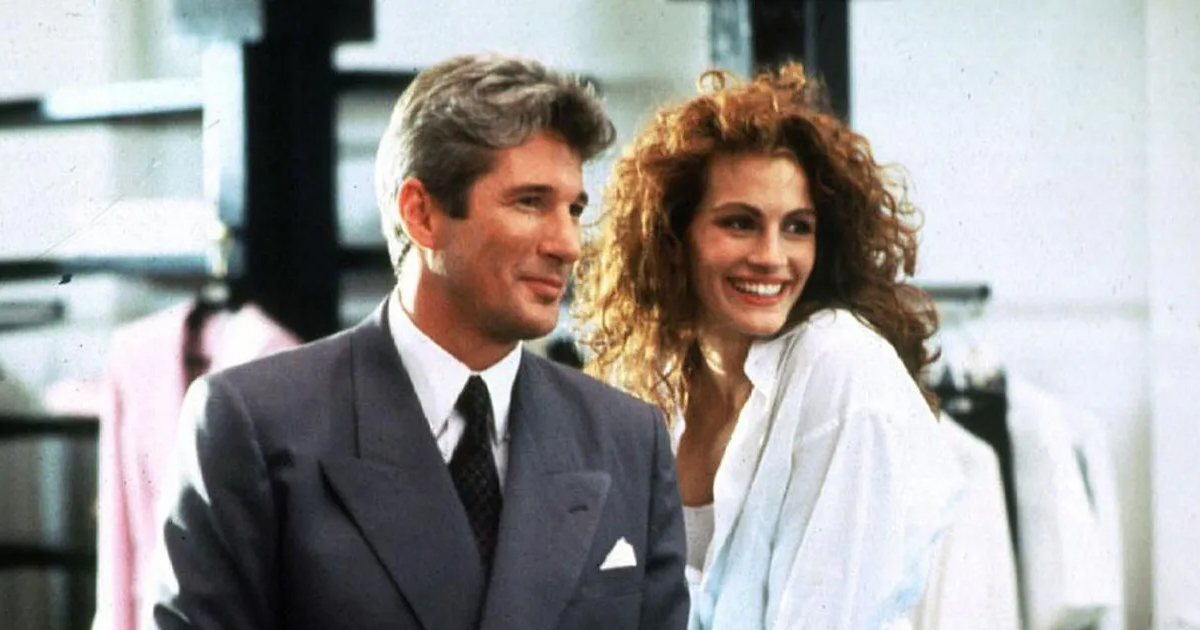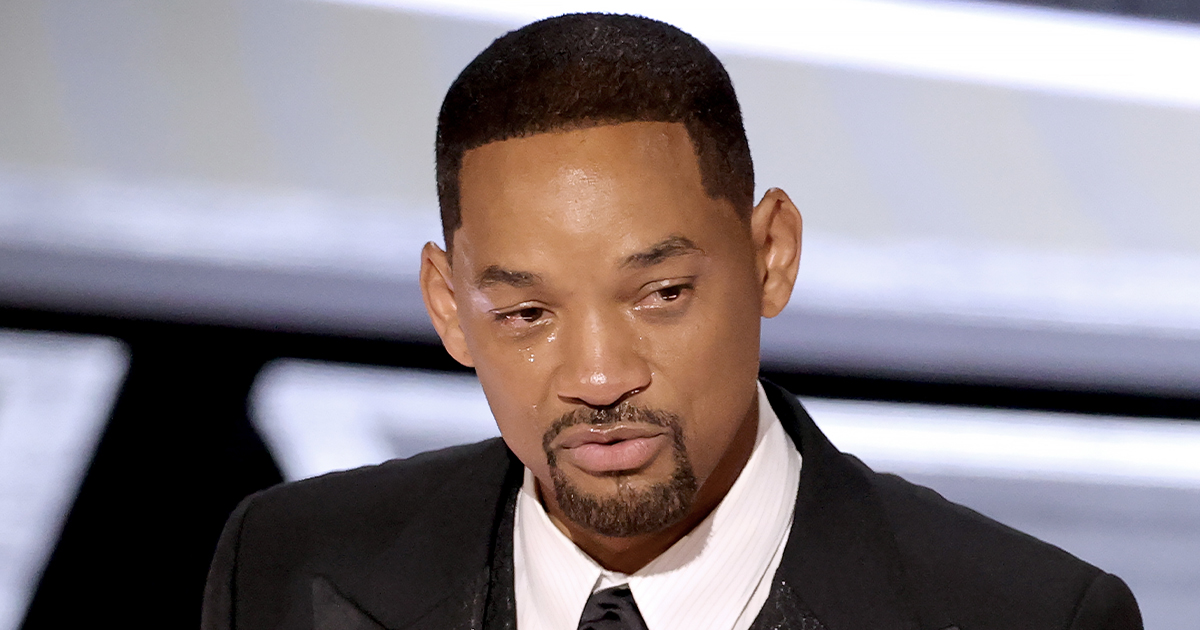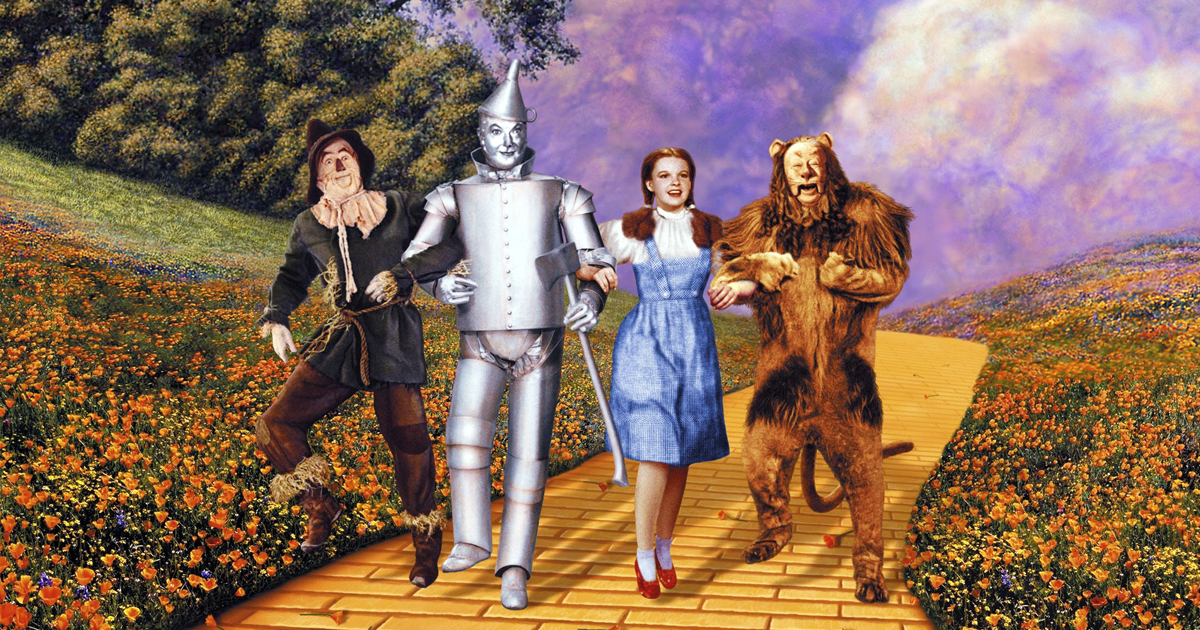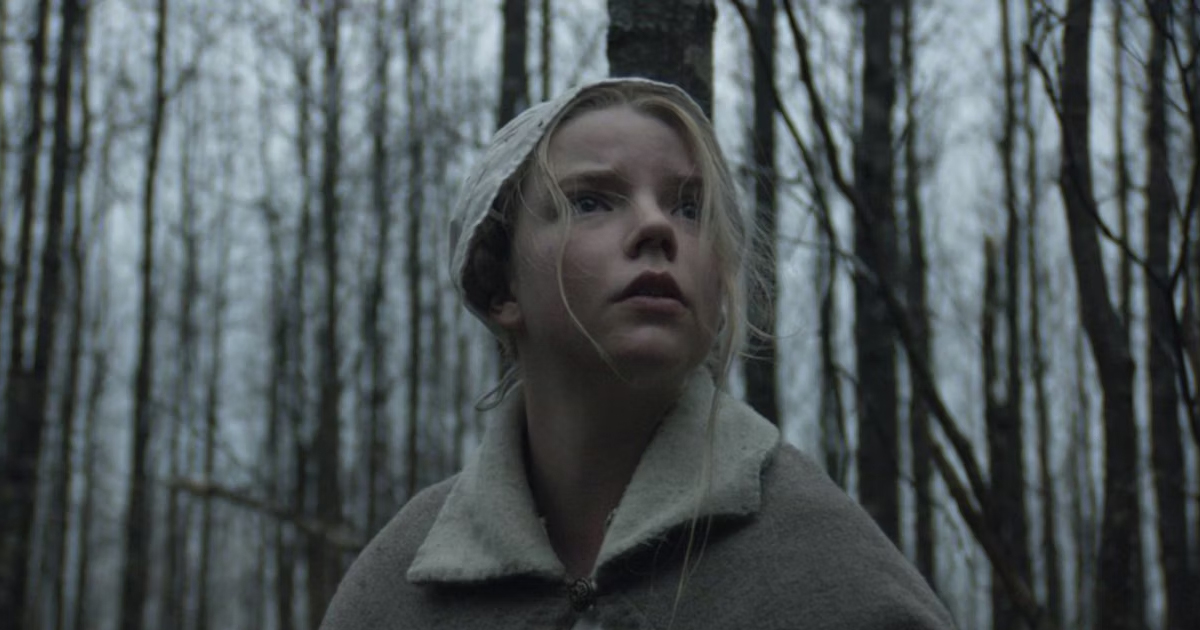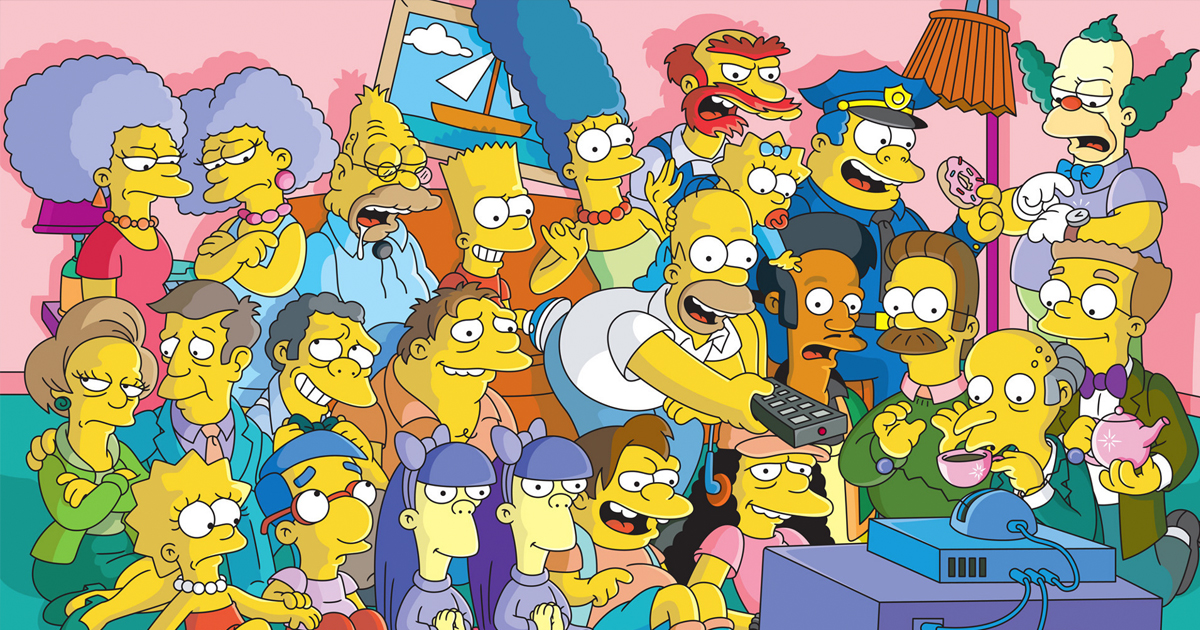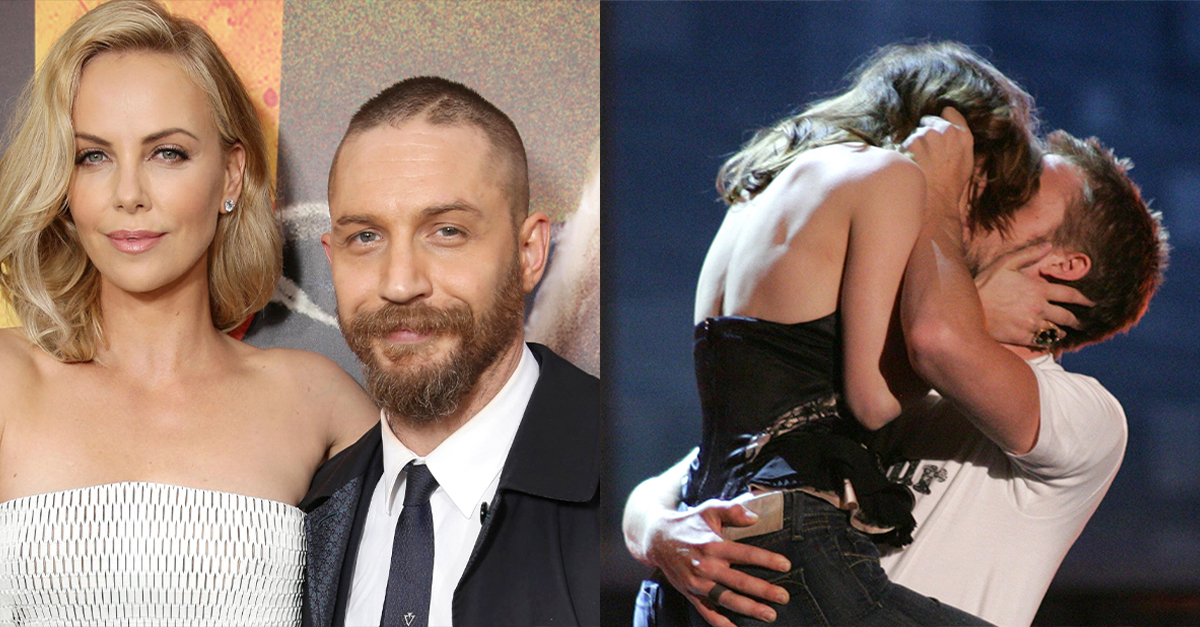Contractually Compelled
Actors sign deals thinking they're securing their future, only to find themselves trapped in projects. Some tried to escape. But when the dust settled, these stars had to show up on set anyway.

Edward Norton: The Italian Job (2003)
Norton's breakout performance in Primal Fear earned him an Oscar nomination and a three-picture deal with Paramount that would later become his worst nightmare. The studio and the notoriously selective actor spent five years in a bitter stalemate, unable to agree on a single project that met Norton's artistic standards.
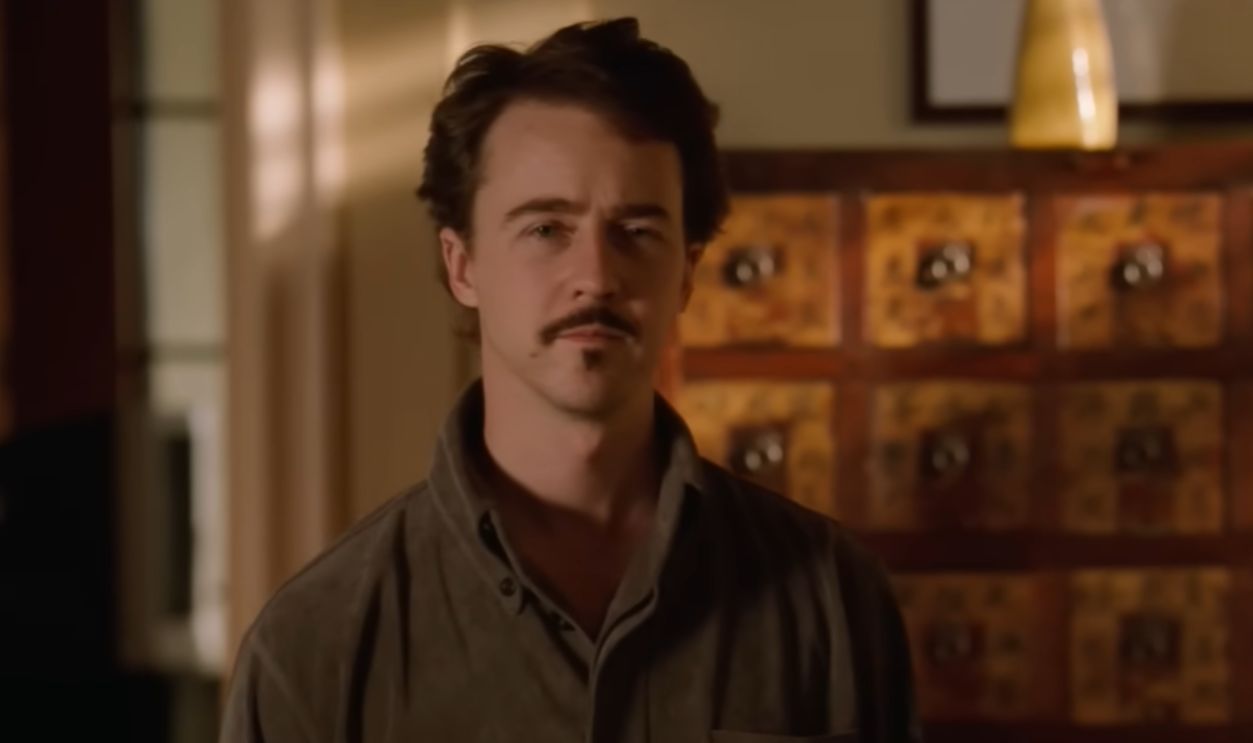 Paramount Pictures, The Italian Job (2003)
Paramount Pictures, The Italian Job (2003)
Edward Norton (Cont.)
When he signed on for David Fincher's Fight Club, believing his contract had expired, Paramount disagreed and claimed he still owed them films. The dispute reached a boiling point when Paramount essentially gave Norton an ultimatum: star in The Italian Job remake or face them in court.
 Steve Jurvetson from Los Altos, USA, Wikimedia Commons
Steve Jurvetson from Los Altos, USA, Wikimedia Commons
Keanu Reeves: The Watcher (2000)
According to Reeves, a friend forged his signature on the contract for this serial killer thriller, trapping him in what would become one of the strangest Hollywood scandals of the early 2000s. Reeves made the difficult decision to simply honor the fraudulent contract and make the film.
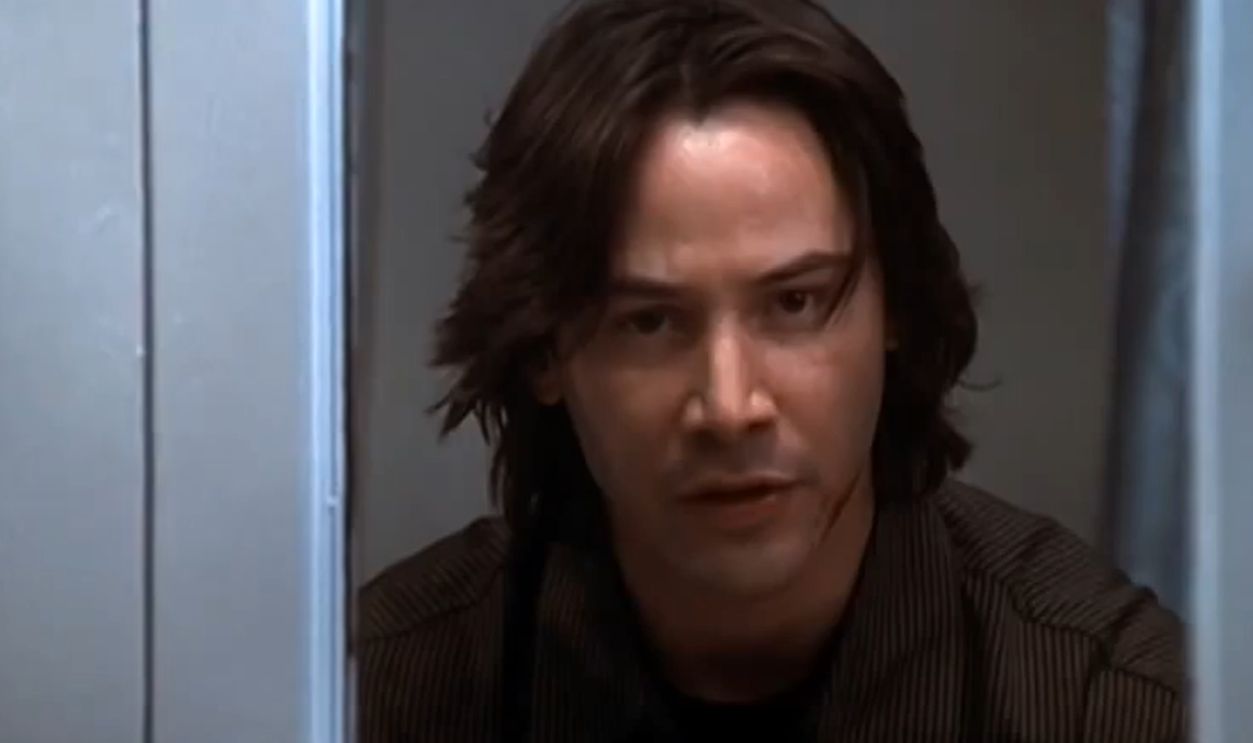 Universal Pictures, The Watcher (2000)
Universal Pictures, The Watcher (2000)
Keanu Reeves (Cont.)
The nightmare didn't end there. He was promised a small supporting role but ended up playing the lead opposite James Spader, and to add insult to injury, he was paid $1.5 million less than his co-star. Critics savaged his performance, with The Guardian calling the miscasting “complete”.
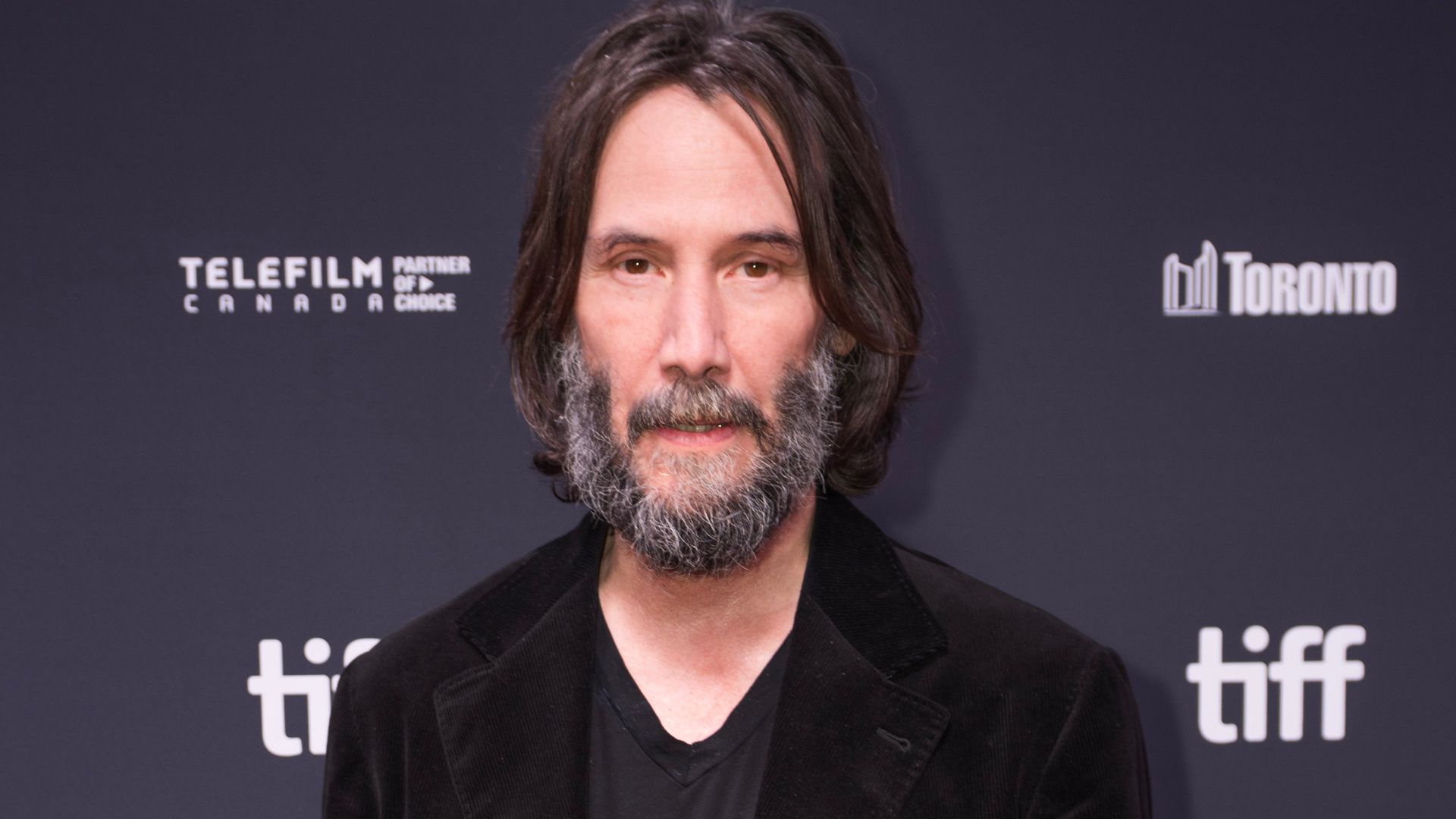 Gabriel Hutchinson, Wikimedia Commons
Gabriel Hutchinson, Wikimedia Commons
Whoopi Goldberg: Theodore Rex (1995)
Theodore Rex holds the dubious honor of being the most expensive direct-to-video movie ever made, with a budget of $33.5 million—and its star wanted absolutely nothing to do with it. Whoopi Goldberg had casually expressed interest in this futuristic buddy-cop film featuring a talking dinosaur.
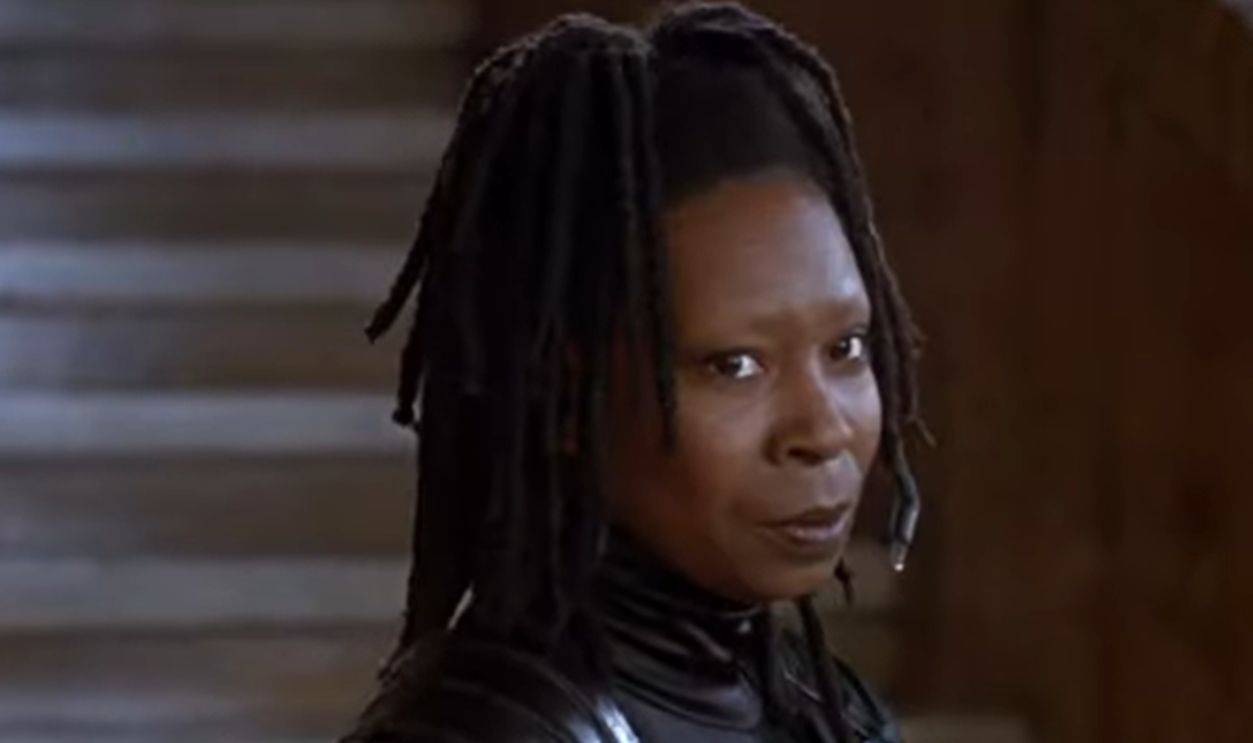 New Line Cinema, Theodore Rex (1995)
New Line Cinema, Theodore Rex (1995)
Whoopi Goldberg (Cont.)
But when she tried to back out, producer Abramson had an ace up his sleeve. He'd accidentally recorded Goldberg's voicemail saying she was "100% committed" to the project. Judge Stephen Lachs refused to dismiss the case, and facing the prospect of a public trial, Goldberg settled for $7 million.
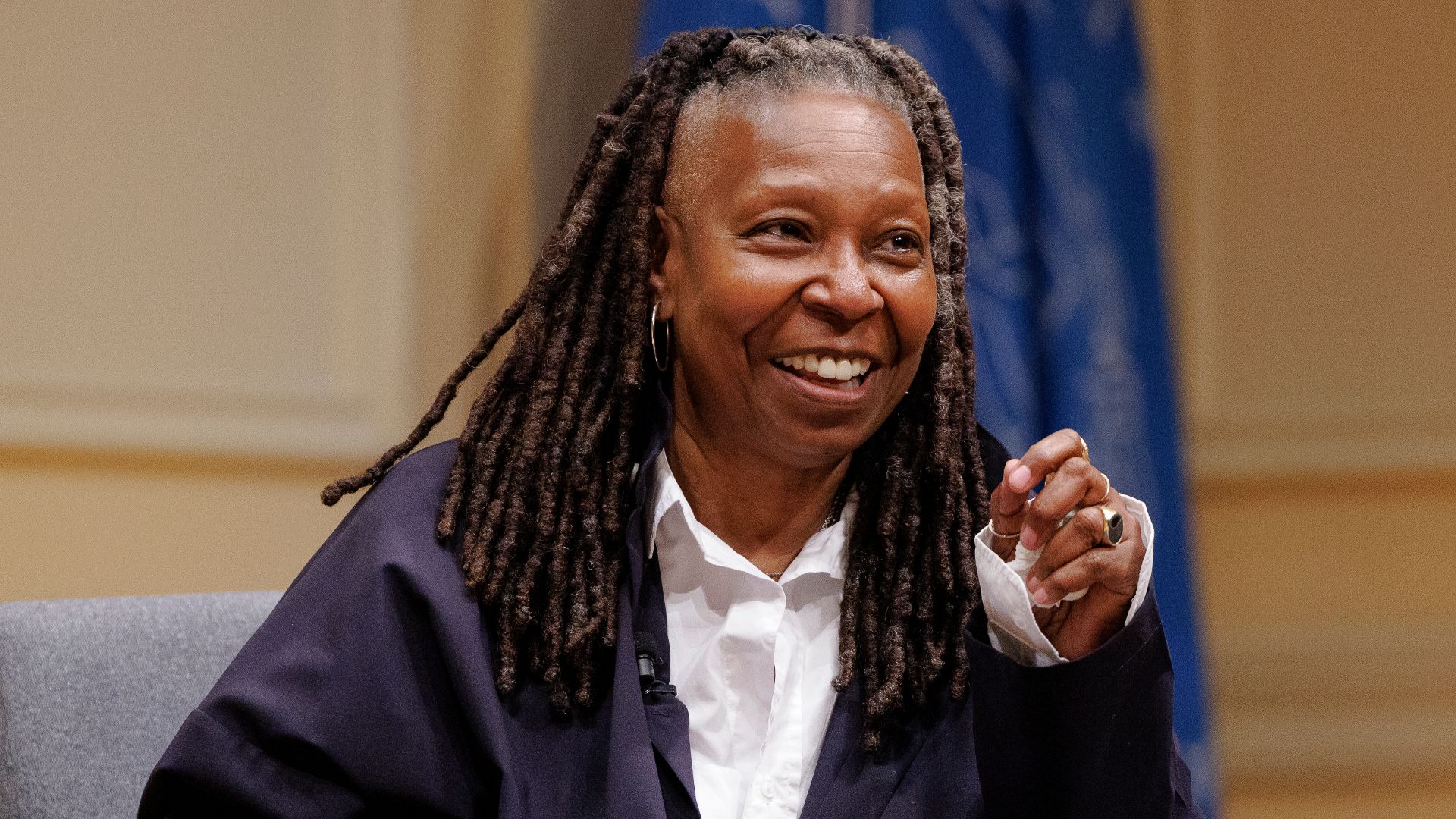 Library of Congress Life, Wikimedia Commons
Library of Congress Life, Wikimedia Commons
Jennifer Garner: Elektra (2005)
Fresh off her Golden Globe-winning performance in Alias, Garner seemed destined for movie stardom when she signed on for Daredevil in 2003. Well, buried in her contract was a clause giving 20th Century Fox the right to make a solo spinoff featuring her character Elektra.
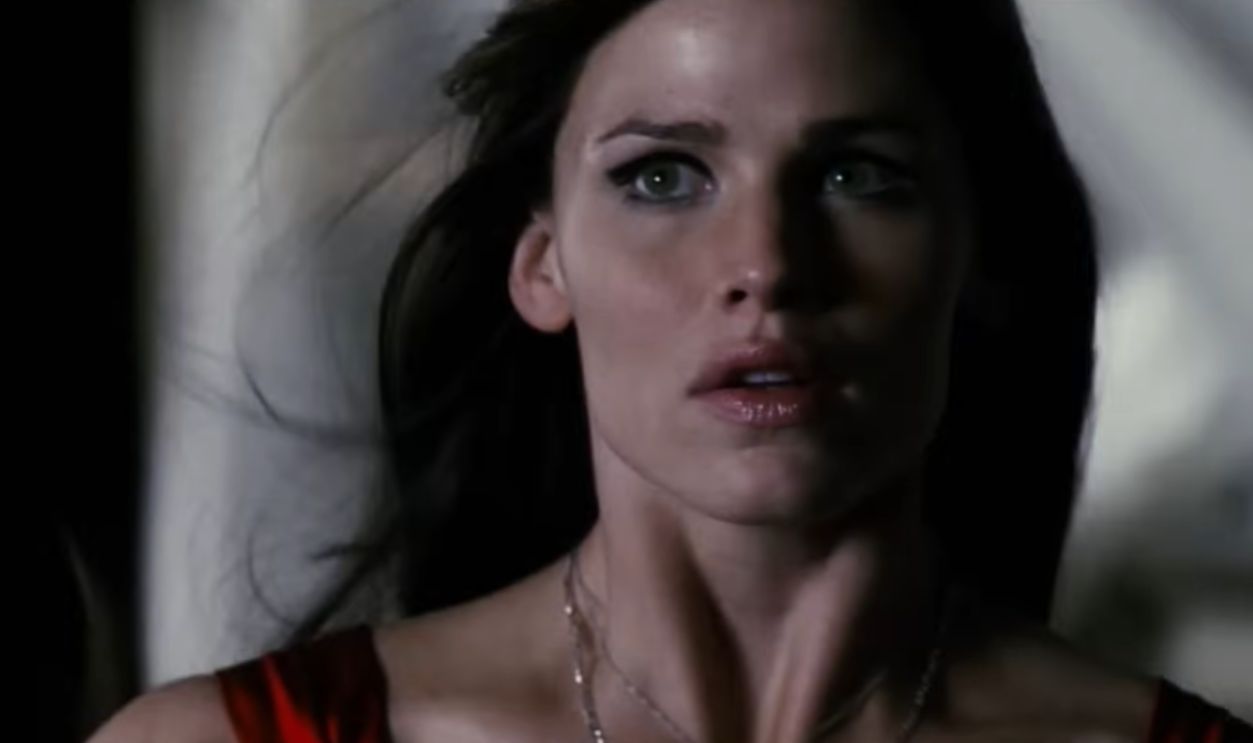 20th Century Fox, Elektra (2005)
20th Century Fox, Elektra (2005)
Jennifer Garner (Cont.)
When Daredevil underperformed critically, the last thing Garner wanted was to return to that world, but the studio exercised its legal option anyway. Production was squeezed into Garner's ten-week hiatus from Alias, giving the film impossibly tight prep and post-production schedules.
 US Department of Education, Wikimedia Commons
US Department of Education, Wikimedia Commons
Bruce Willis: Armageddon (1998)
Bruce Willis was riding high as one of Hollywood's biggest action stars, commanding $20 million per picture, when his ego torpedoed a romantic comedy called Broadway Brawler. Just three weeks into filming, Willis demanded that Disney fire much of the crew, including the director.
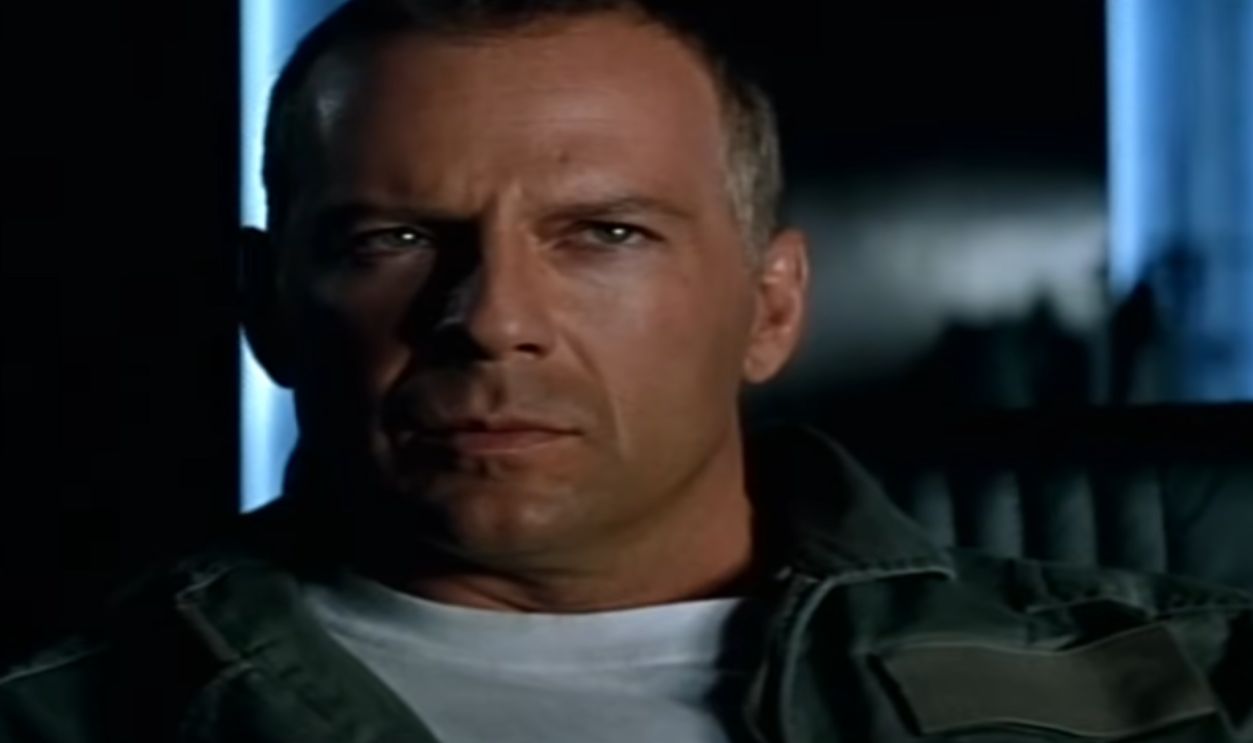 Buena Vista Pictures, Armageddon (1998)
Buena Vista Pictures, Armageddon (1998)
Bruce Willis (Cont.)
The studio had had enough and shut down production entirely, threatening to sue Willis for the losses. Armageddon became the first installment of what was essentially Willis's penance, and the pay cut was brutal—just $3 million instead of his usual eight-figure quote.
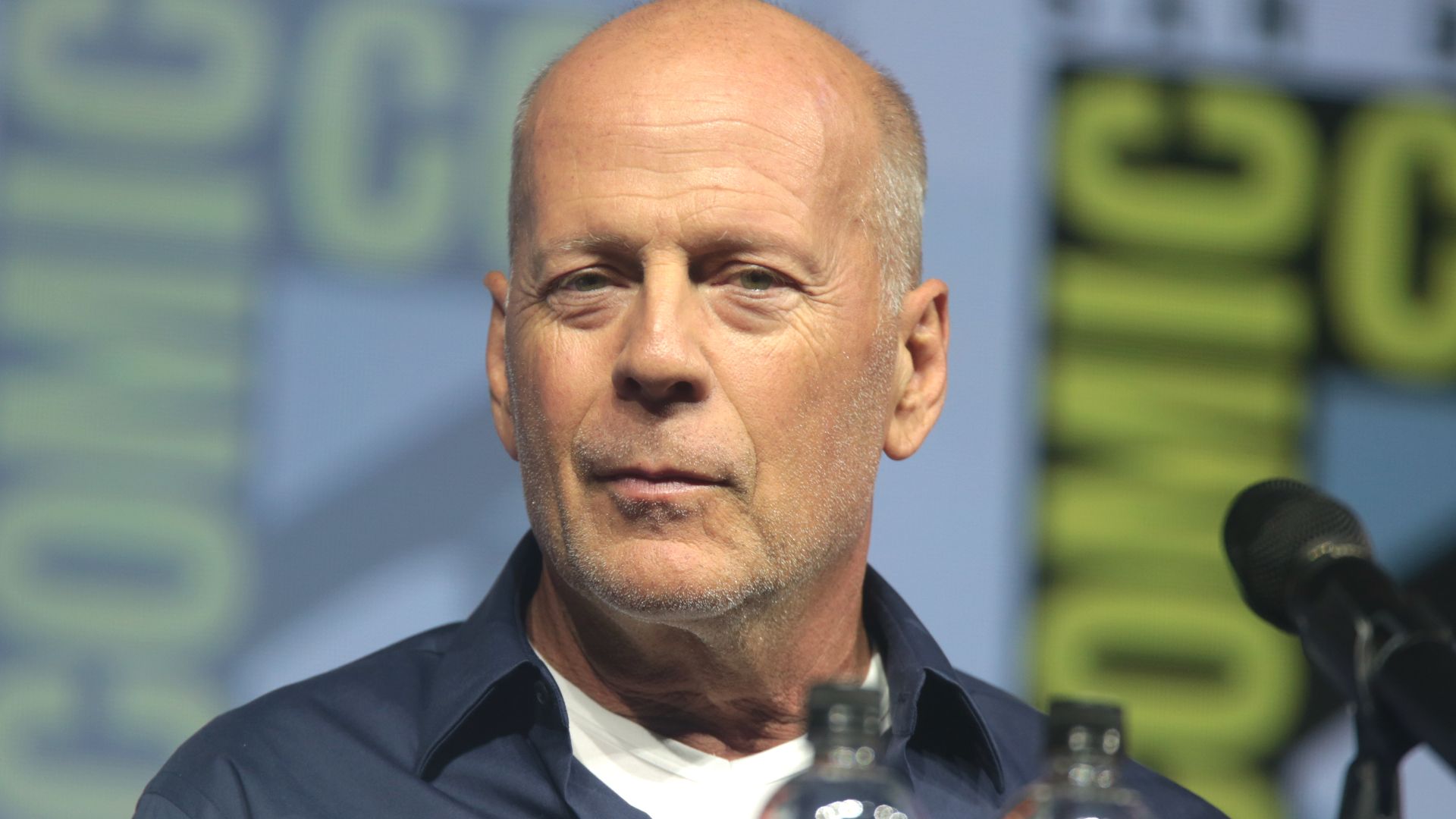 Gage Skidmore from Peoria, AZ, United States of America, Wikimedia Commons
Gage Skidmore from Peoria, AZ, United States of America, Wikimedia Commons
Roy Scheider: Jaws 2 (1978)
The original Jaws made Roy Scheider an international star and birthed the summer blockbuster phenomenon, but its sequel nearly broke him. Scheider had been cast as the lead in The Deer Hunter, a gritty Vietnam War drama that seemed tailor-made for serious actors looking to escape typecasting.
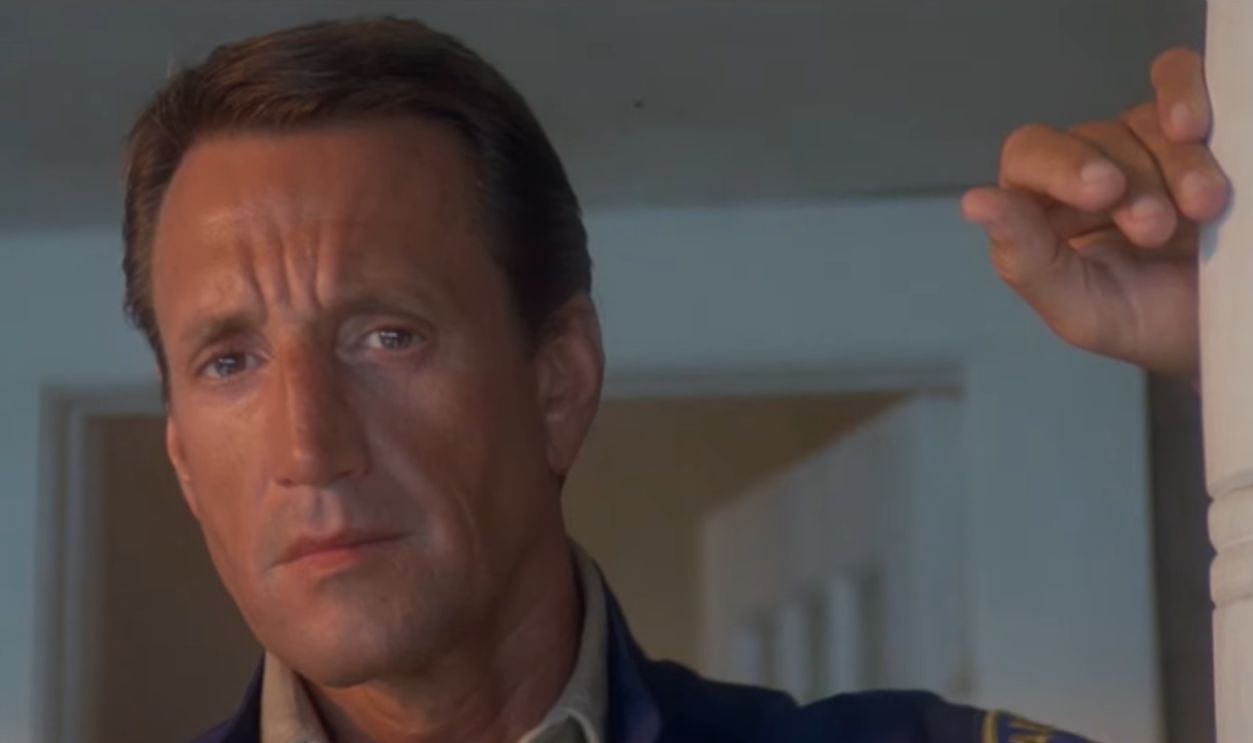 Universal Pictures, Jaws 2 (1978)
Universal Pictures, Jaws 2 (1978)
Roy Scheider (Cont.)
When he grew unhappy with the script's development, Scheider made the fateful decision to walk away, forgetting about the multi-picture deal he'd signed with Universal Studios that still had films remaining. Universal exercised its contractual right and forced Scheider back into Chief Brody's shoes for Jaws 2.
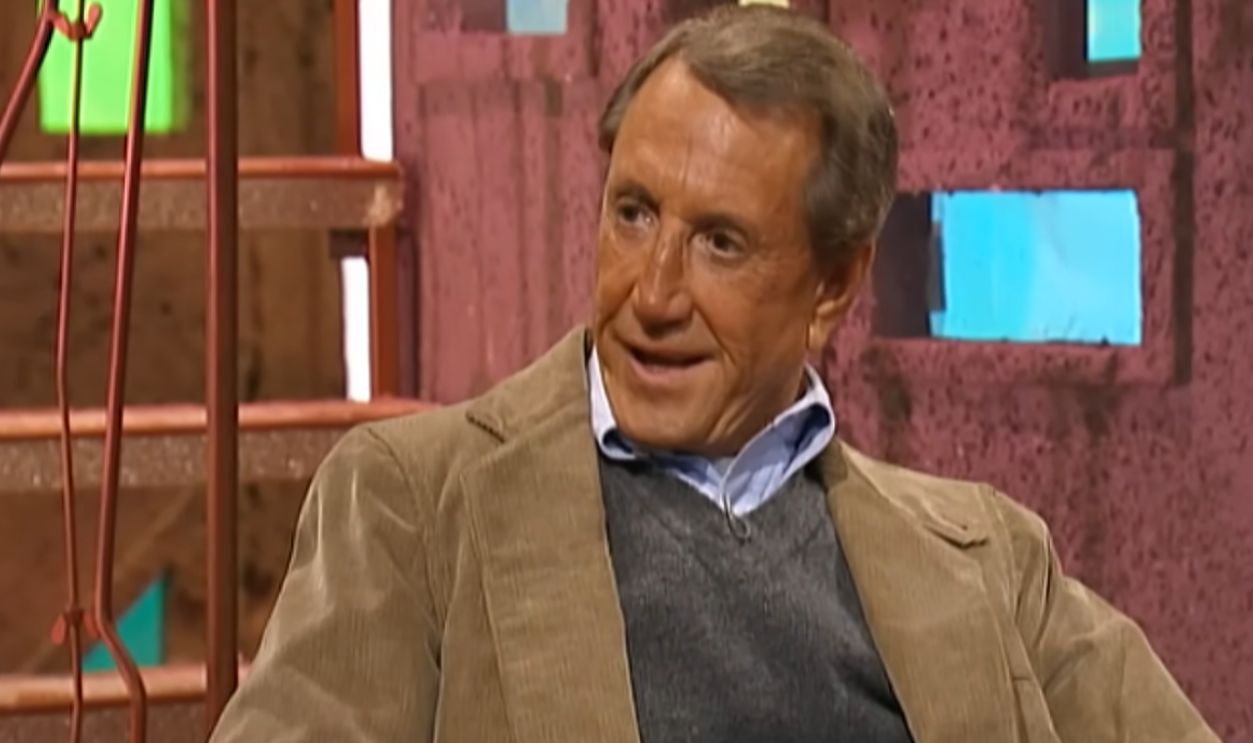 Roy Scheider is Embarrassed of Jaws! | So Graham Norton by So Graham Norton
Roy Scheider is Embarrassed of Jaws! | So Graham Norton by So Graham Norton
Mike Myers: The Cat In The Hat (2003)
This star was at the peak of his Austin Powers fame when Universal came calling with Sprockets, a feature film based on his pretentious German art show host character from Saturday Night Live. Myers read script after script and hated every single one of them.
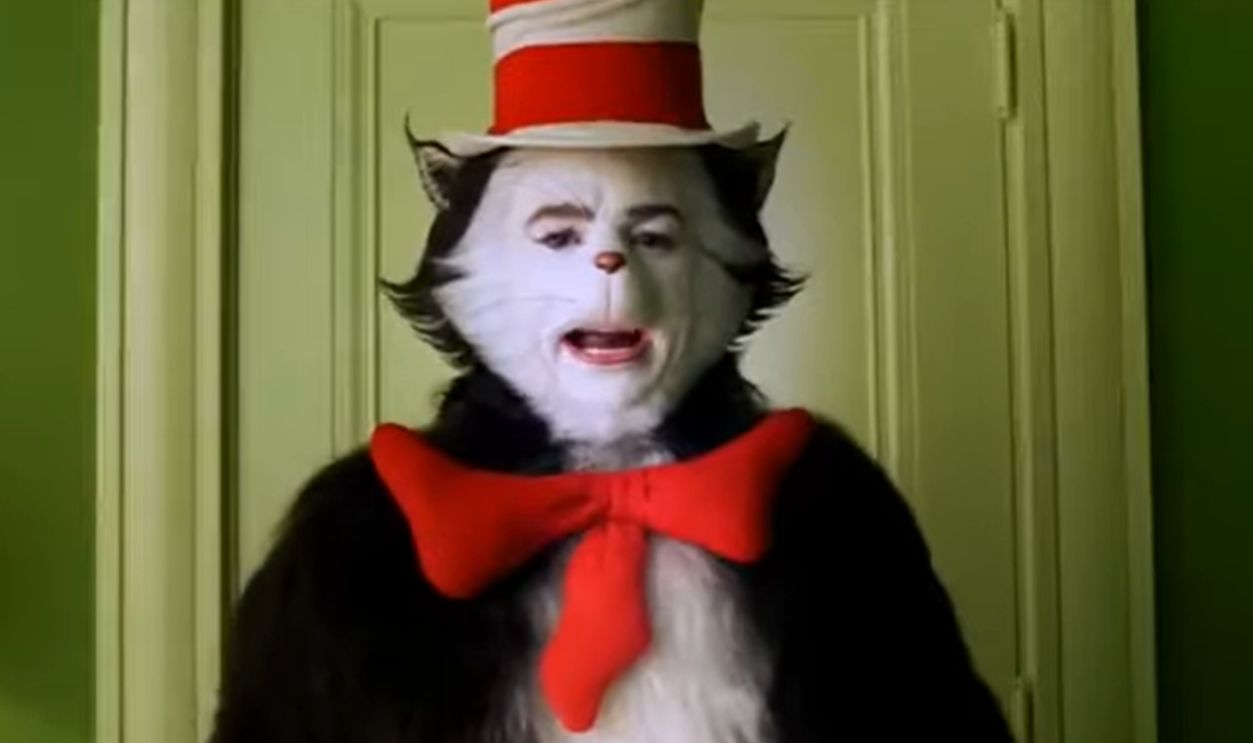 Universal Pictures, The Cat In The Hat (2003)
Universal Pictures, The Cat In The Hat (2003)
Mike Myers (Cont.)
When he refused to move forward, Universal threatened legal action—they'd already invested heavily in development and weren't backing down without a fight. The settlement was worse than any lawsuit: Myers would be forced to star in Universal's adaptation of The Cat in the Hat instead.
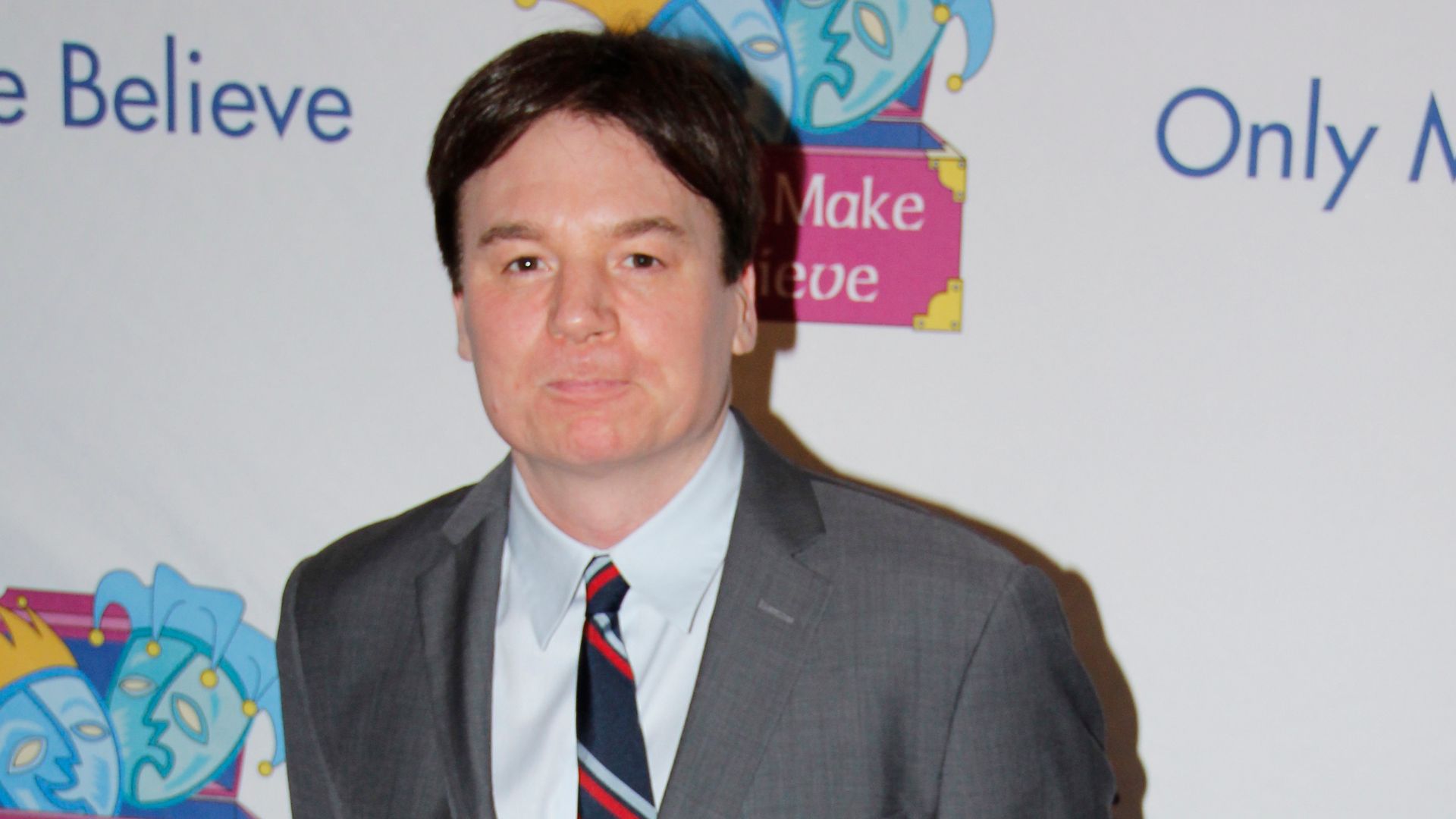 Joella Marano from Manhattan, NY, Wikimedia Commons
Joella Marano from Manhattan, NY, Wikimedia Commons
Emily Blunt: Gulliver's Travels (2010)
Blunt's fame was rapidly rising after scene-stealing scenes in The Devil Wears Prada and The Young Victoria, catching Marvel's attention for their upcoming Iron Man 2. She was offered the role of Natasha Romanoff, aka Black Widow. But there was one massive problem.
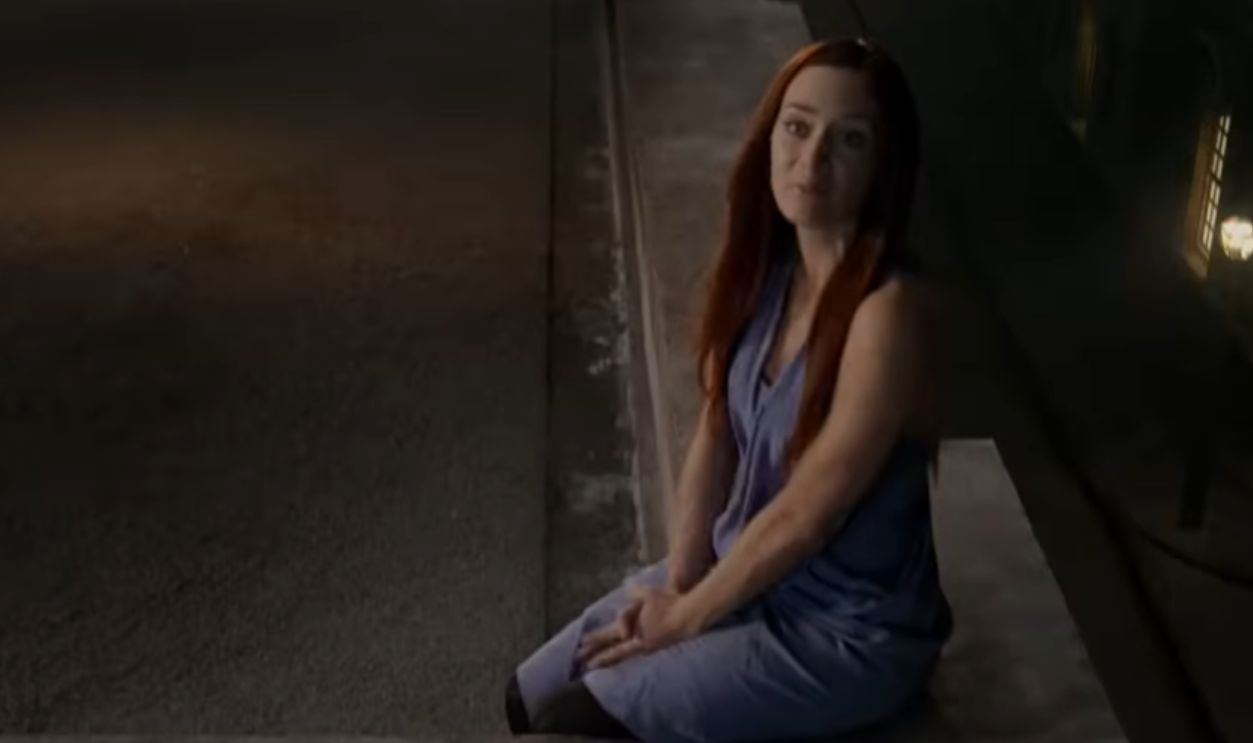 20th Century Fox, Gulliver's Travels (2010)
20th Century Fox, Gulliver's Travels (2010)
Emily Blunt (Cont.)
A contract she'd signed years earlier with 20th Century Fox when she was still a relative unknown, working on The Devil Wears Prada. Fox invoked that old contract to force Blunt into Gulliver's Travels, a Jack Black comedy vehicle that nobody wanted to see.
 https://www.flickr.com/photos/greg2600/, Wikimedia Commons
https://www.flickr.com/photos/greg2600/, Wikimedia Commons
Marlon Brando: Desiree (1954)
The theatrically-trained method actor had agreed to star in the film for 20th Century Fox but quickly realized that playing Napoleon Bonaparte in a romantic period piece was beneath his artistic standards. When Brando simply refused to show up, producer Darryl Zanuck filed a lawsuit.
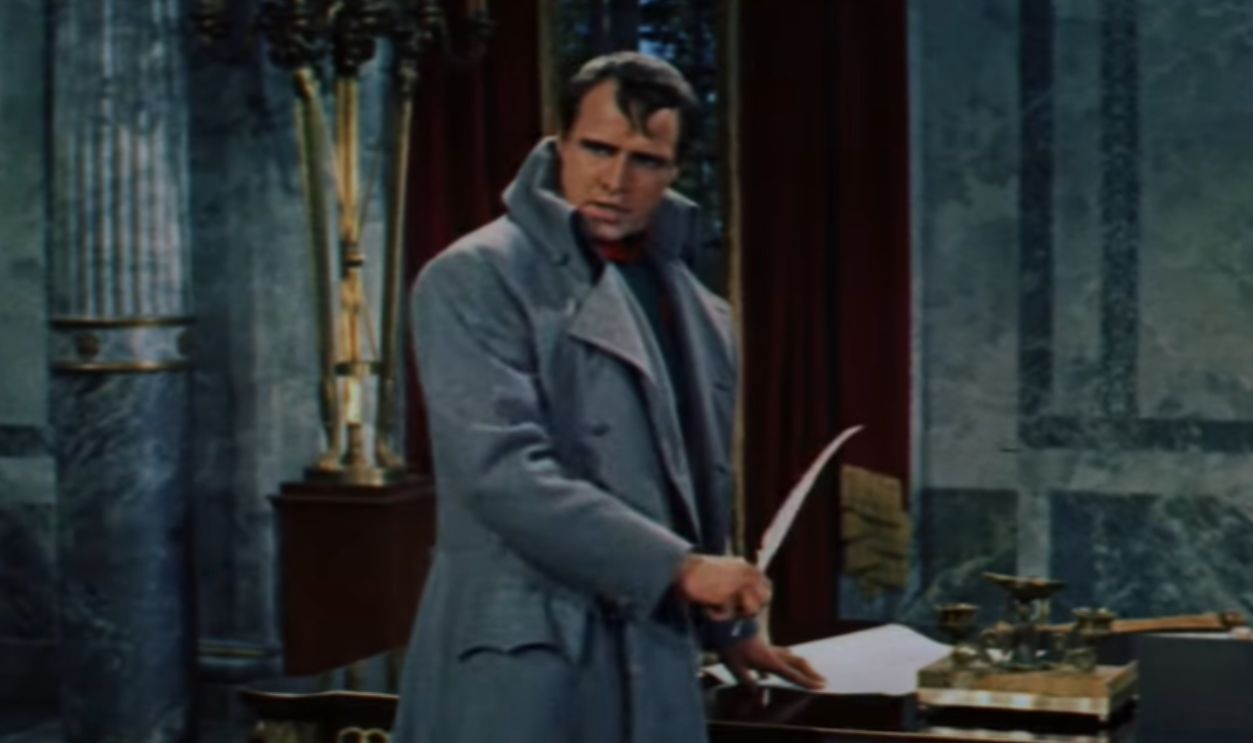 20th Century Fox, Desiree (1954)
20th Century Fox, Desiree (1954)
Marlon Brando (Cont.)
Brando's revenge was petty and brilliantly subversive. He made it his mission to sabotage the production from within, constantly "forgetting" his lines, reciting dialogue with an absurd, nasal, pseudo-British accent, and passing around footballs between takes. Co-star Jean Simmons later recalled Brando's barely-concealed contempt for the entire endeavor.
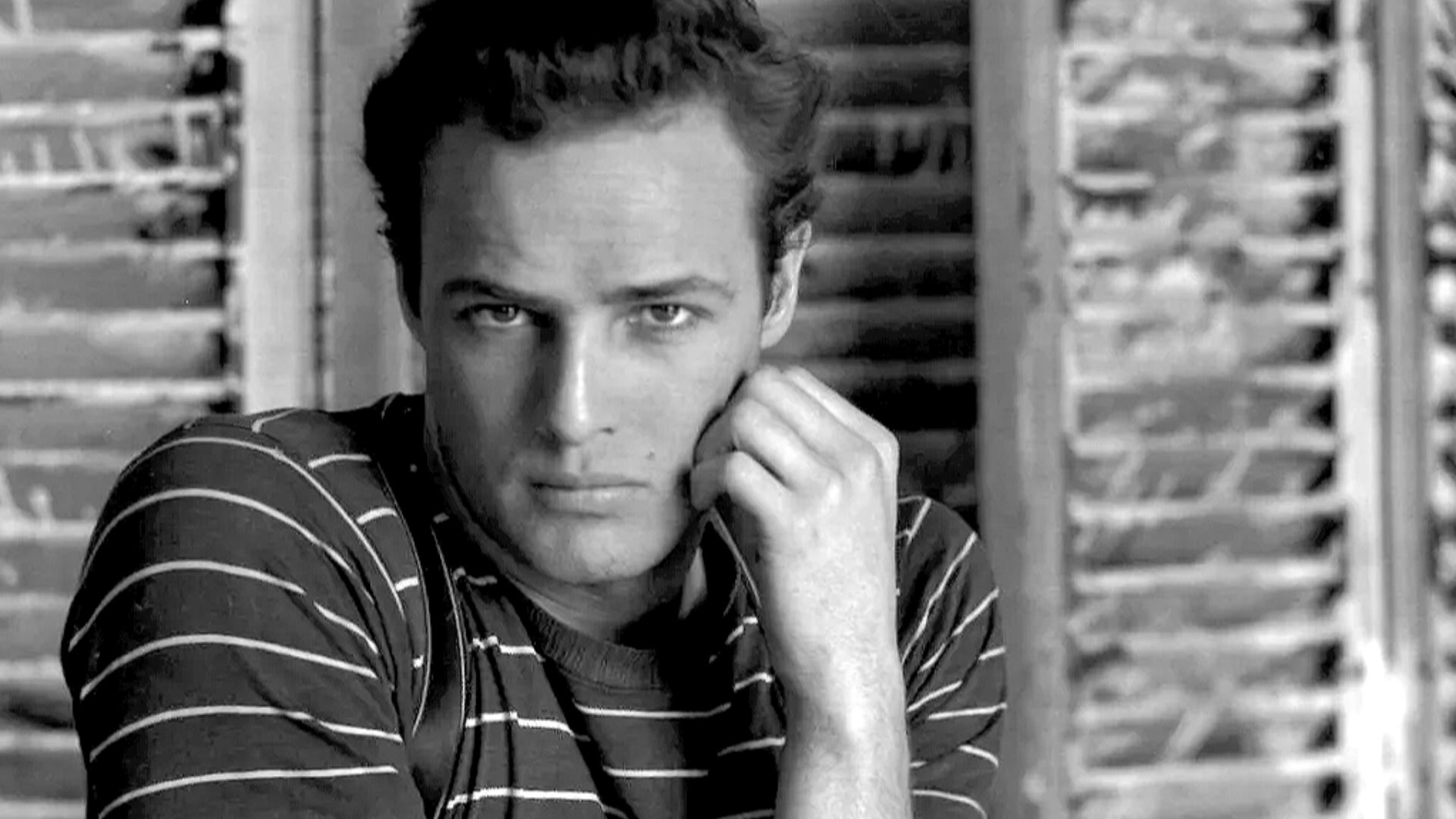 Studio Harcourt., Wikimedia Commons
Studio Harcourt., Wikimedia Commons
Natalie Portman: Thor: The Dark World (2013)
Portman signed onto the Marvel Cinematic Universe with genuine excitement, partly because acclaimed independent filmmaker Patty Jenkins was set to direct. The Oscar-winning actress and the director had developed a strong creative partnership and shared vision for where Jane Foster's character could go in the sequel.
 Walt Disney Studios Motion Pictures, Thor: The Dark World (2013)
Walt Disney Studios Motion Pictures, Thor: The Dark World (2013)
Natalie Portman (Cont.)
Then Marvel Studios and Jenkins clashed over creative direction, and the studio made the decision to remove Jenkins from the project, replacing her with television director Alan Taylor. Portman was reportedly devastated by Jenkins's departure and desperately wanted out of the sequel, but her multi-picture deal with Marvel was ironclad.
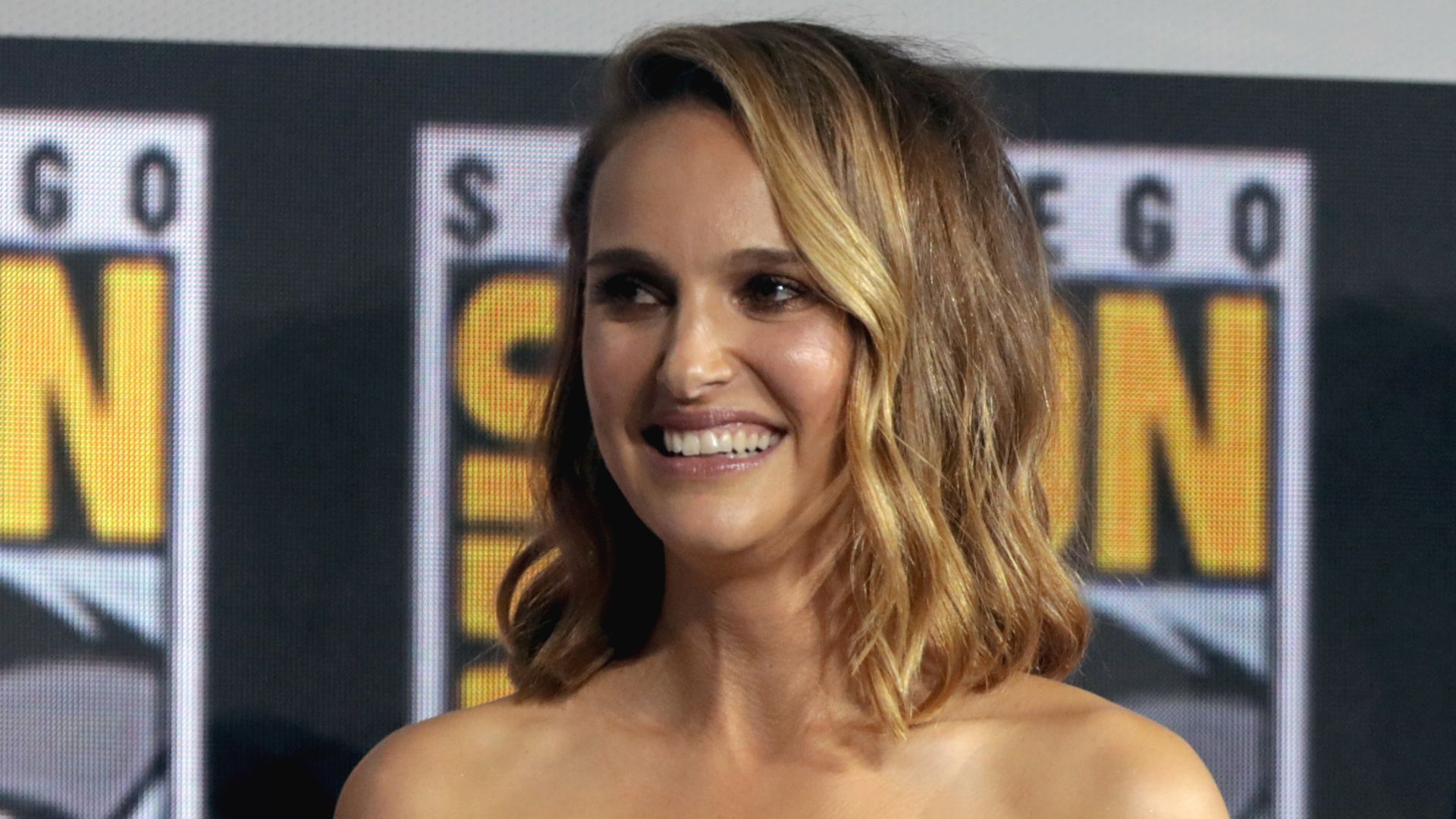 Gage Skidmore from Peoria, AZ, United States of America, Wikimedia Commons
Gage Skidmore from Peoria, AZ, United States of America, Wikimedia Commons
Jessica Alba: Fantastic Four: Rise Of The Silver Surfer (2007)
The 2005 Fantastic Four film wasn't exactly a critical darling, but it made enough money for 20th Century Fox to greenlight a sequel immediately. Jessica Alba, who played Sue Storm/Invisible Woman, had signed the standard three-picture deal when she joined the franchise.
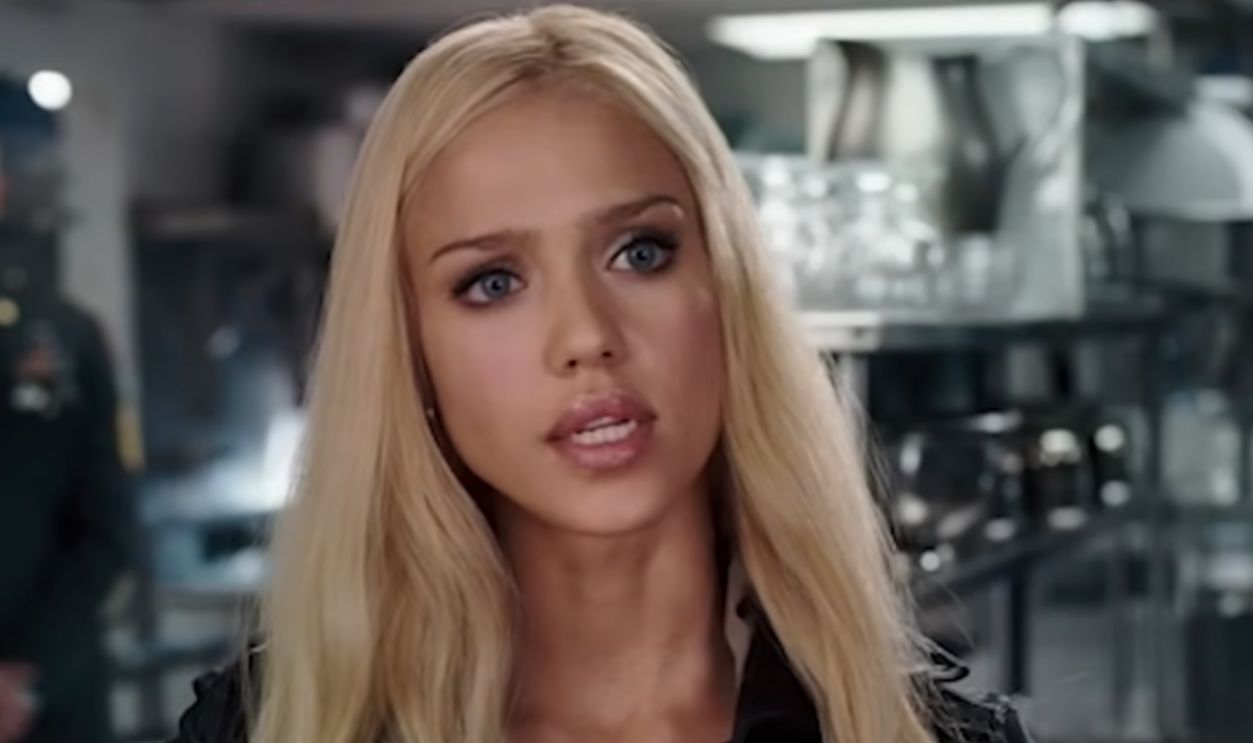 20th Century Fox, Fantastic Four: Rise Of The Silver Surfer (2007)
20th Century Fox, Fantastic Four: Rise Of The Silver Surfer (2007)
Jessica Alba (Cont.)
By the time the sequel rolled around, Alba was having serious second thoughts about returning to a role that had been plagued by wardrobe malfunctions, body-focused commentary, and scenes that felt more like objectification than superhero action. Unfortunately for Alba, contracts don't care about creative fulfillment or personal dignity.
Ryan Reynolds: X-Men Origins: Wolverine (2009)
This guy had been lobbying for years to play Deadpool, the wisecracking "Merc with a Mouth" from Marvel Comics, and X-Men Origins: Wolverine seemed like his golden opportunity. Reynolds signed on with enthusiasm, thrilled to finally bring Wade Wilson to life on the big screen.
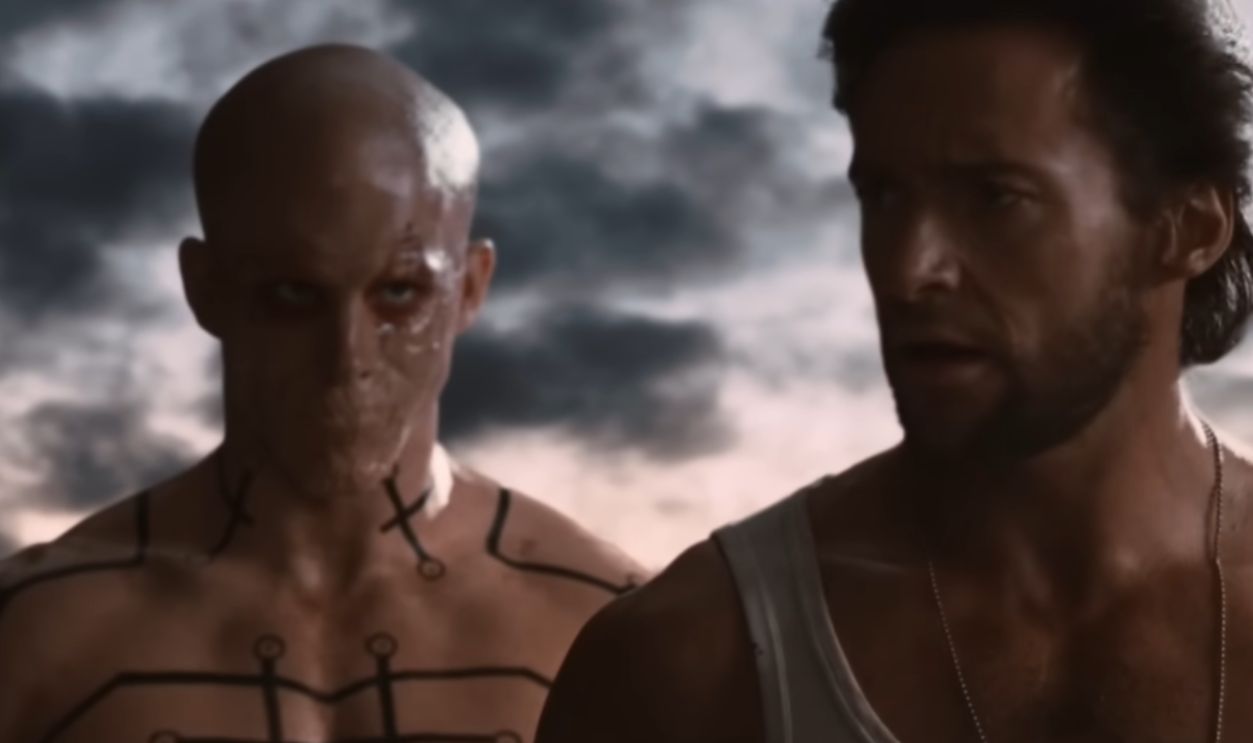 20th Century Fox, X-Men Origins: Wolverine (2009)
20th Century Fox, X-Men Origins: Wolverine (2009)
Ryan Reynolds (Cont.)
The 2007–2008 Writers Guild of America strike complicated matters further, meaning Reynolds had to write all his own dialogue without official screenwriter support. For legal reasons, he had to wait a full year after the movie's release before he could publicly discuss his frustrations.
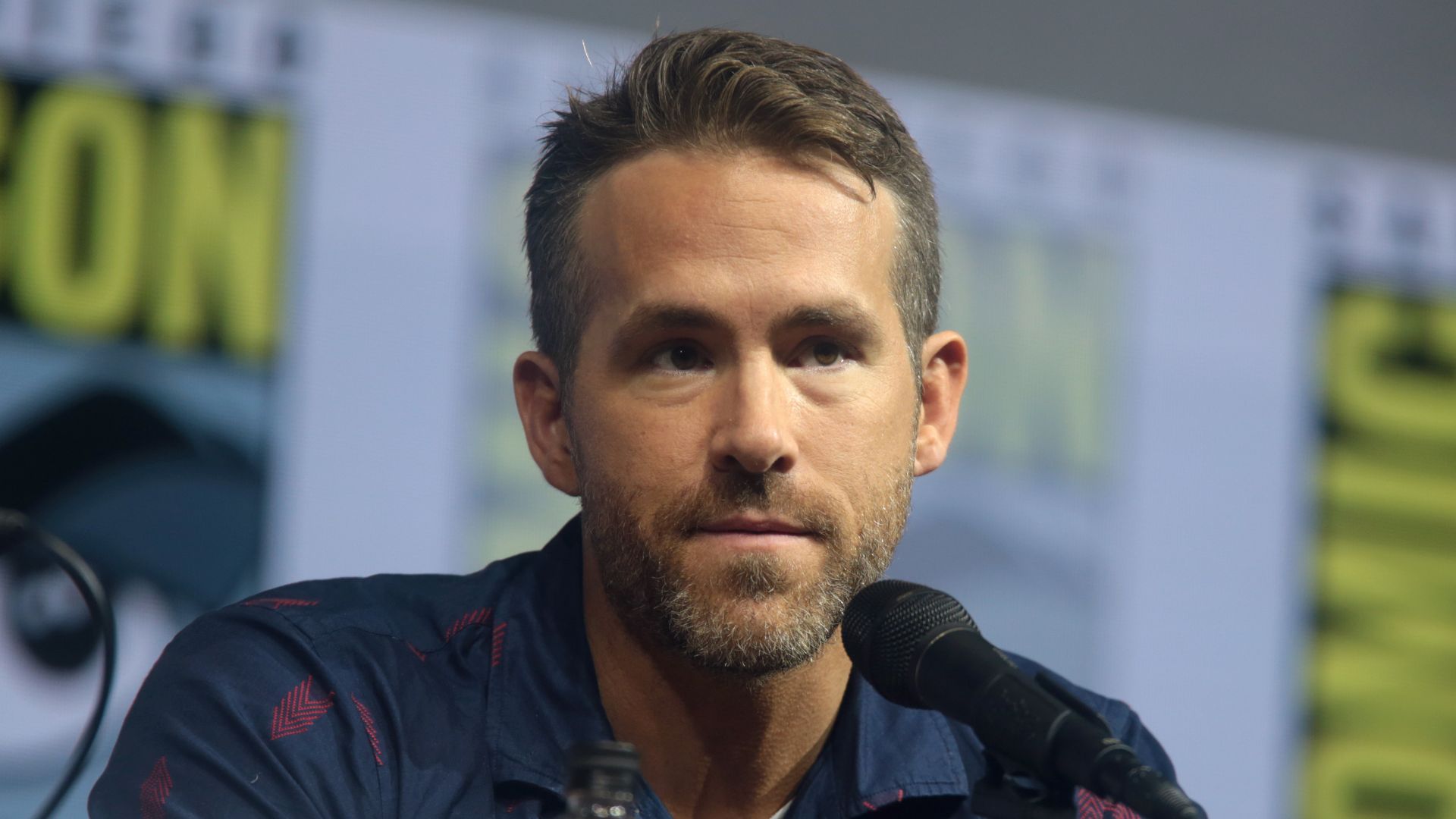 Gage Skidmore from Peoria, AZ, United States of America, Wikimedia Commons
Gage Skidmore from Peoria, AZ, United States of America, Wikimedia Commons



